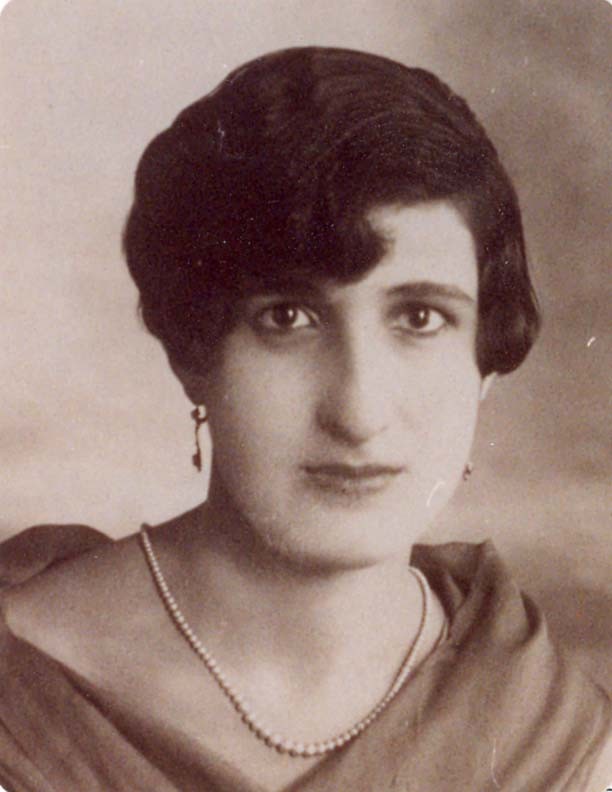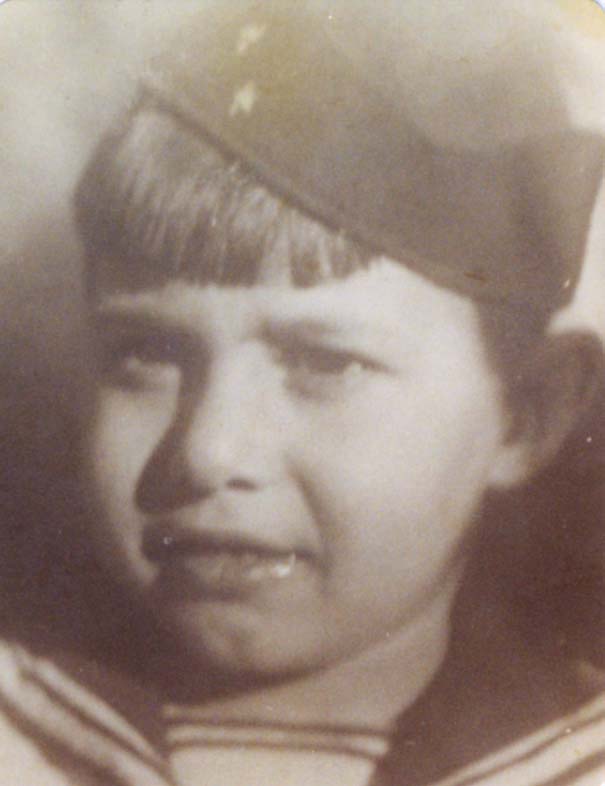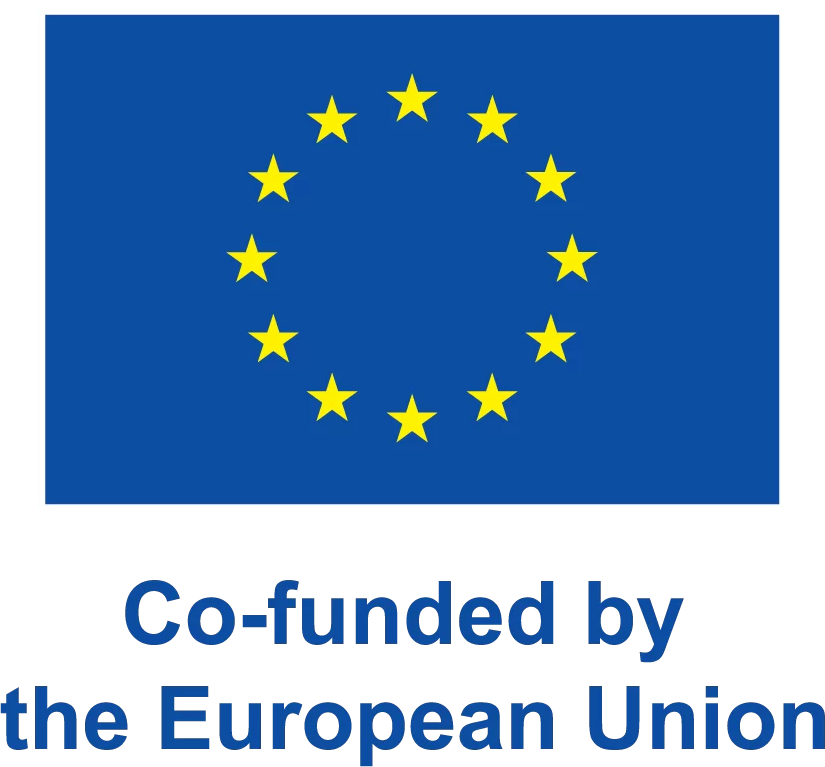Home » In-depth. Exceptions to the deportation of 23 July 1944 » Deaths in Rhodes between January and 23 July 1944
Deaths in Rhodes between January and 23 July 1944
Between January and July 1944, a few months before the deportation, there were numerous deaths in Rhodes among the members of the Jewish Community due to natural causes – particularly illnesses – but mainly as a result of the Allied air raids on the island.
The Jewish quarter, La Juderia, located near Mandraki harbour, was heavily bombed during the air strikes with houses and public buildings, including the Great Synagogue and the school, destroyed. Many families evacuated to the nearby villages of Trianda, Cremastò and Villanova. Those who remained in the city often sought refuge under the mighty walls of the Old City which, however, were not enough to protect the inhabitants and prevent human losses.
Causes and date of death of those who died as a result of the Allied air raids on the island.
Age of the deaths from illness between January and July 1944.
Interview with Alberto Israel by Marcello Pezzetti, Brussels, [2004] (CDEC Foundation Archive, Fund Archivio della Memoria)
Nel mese di febbraio del 1944, tra coloro che muiono sotto le bombe nel corso degli attacchi aerei, vi sono:
Isacco Alhadeff di 35 anni.
Gli anziani genitori Giacobbe Alhadeff e Caden Amato insieme alla sorella maggiore Zimbul saranno arrestati e deportati.
Richetta (Riccuchia) Levi, nata nel 1917 e figlia di Giacobbe Levi ed Estrella Alcanà, che aveva sposato Robes Moses, nel 1939 emigrato in Palestina. Da lui ha due figlie, Flora del 1937 e Stella del 1939.
Tutte e tre sono uccise durante il bombardamento del 2 febbraio 1944; la tomba di Riccuchia si trova nel Cimitero ebraico di Rodi.
La madre Estrella e i fratelli Menascé, Salvatore e Giuseppe, arrestati nel luglio 1944, non sopravviveranno alla deportazione.
I coniugi Isacco Alhadeff del 1864 e Miriam Scemarià del 1878.
Il loro figlio Haim Alhadeff morirà in deportazione.
“An impressive documentation of the objectives against which the British aviators are furious”, 9 October 1941. (Archivio Istituto Luce, Roma)
The subsequent wartime actions of the RAF resulted in further deaths among the members of the Community.
In particular, the island and La Juderia were heavily bombed on Saturday 8 April 1944, the first day of Passover. Numerous members of the Community were killed during the attack and many homes destroyed.
After that date, the Jewish quarter emptied out and the population took refuge in safer neighbouring villages.
Filippo Alhadeff, born on 19 November 1929.
His family, consisting of his parents Mosè Alhadeff and Estrella Saul and his three older brothers Alessandro, Ruben and Salomone, would be deported. Only Ruben Alhadeff would survive. Only Ruben Alhadeff would survive.
Desirée (Diana Desiada) Israel, 34, and her sons Isaac Sciami, born on 11 March 1934, and Vittorio Sciami, born on 5 April 1943, just a year old.
Her husband Nissim Sciami and her other children Giacobbe, Giovanna, Eleonora (Luna) and Salvatore, as well as her parents Isaac Israel and Simha Camhi and her siblings Mosè and Vittoria Israel, died in the concentration camps.
Giulia Hanan née Rozanes, born in 1875 and daughter of Iuda and Sara Rozanes, together with her daughter Allegra Hanan, born in 1913.
Her elderly husband Behor Hanan, arrested in July 1944, would die on the way to Auschwitz
Sisters Rachele and Giuditta Levi, born respectively on 9 June 1921 and 1 August 1932.
Their father Bension Levi had disappeared in 1932, shortly after the birth of his youngest daughter Giuditta, while mother Reina Ferrera and siblings Elia Eliakim, Giacobbe Giacomo and Esther would be arrested and deported.
A sad fate would also await their other sister Jeannette (Giannetta) who, having left Rhodes for Italy, would be arrested in Viareggio – a Tuscan town in the province of Lucca – and deported from Milan to Auschwitz with the convoy that left on 30 January 1944.
Matilde (Mazaltov) Franco née Alhadeff with five of her seven children, Bellina Franco,15, Allegra Franco, 13, Shmuel Franco, 12, Nissim Franco, 10, and Regina Franco, aged just 3.
Her husband Giuseppe Franco and her other daughters Stella, 18, and Rachele, 8, would be deported; only eldest daughter Stella would survive.
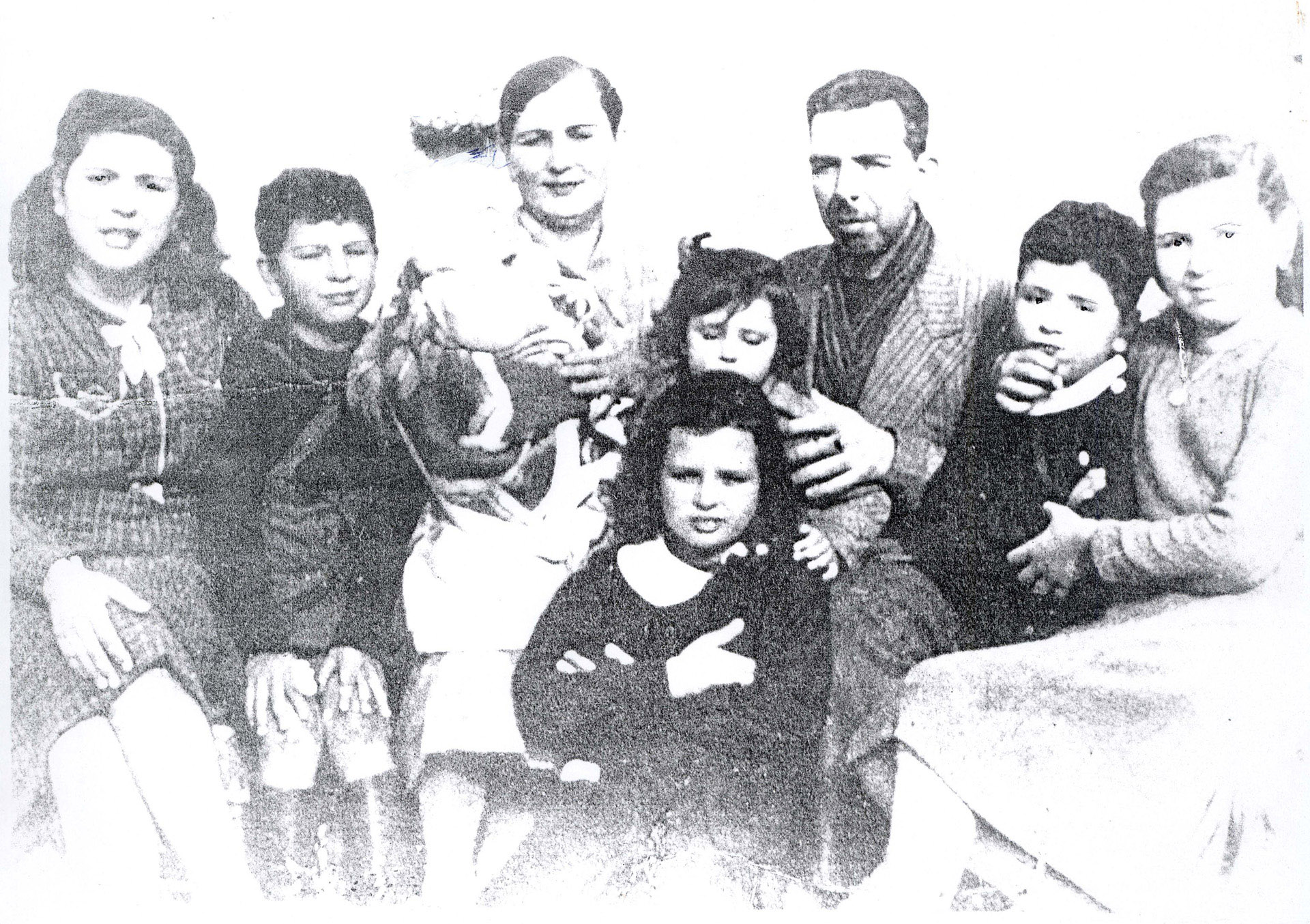
Caden (Caterina) Russo, born on 20 July 1927. She is buried in the Jewish Cemetery in Rhodes.
Her parents Abramo Behor Russo and Rachele Israel died at Auschwitz.
Isacco Levi, born in 1911, his wife Sara Alcanà, born in 1906, and their son Mordechai, born in 1934, killed following the collapse of their house; only daughter Allegra, born in 1932, also a victim of the bombings, was saved and pulled out alive from under the rubble.
Numerous members of Sara Alcanà’s family died in the Shoah, including her parents Celebi and Rachele Bohora Soriano and her nine siblings Maria, Giacobbe, Rebecca, Isacco (Hako), Vittoria, Nissim, Violetta, Giuseppe (Pepo) and Matilde
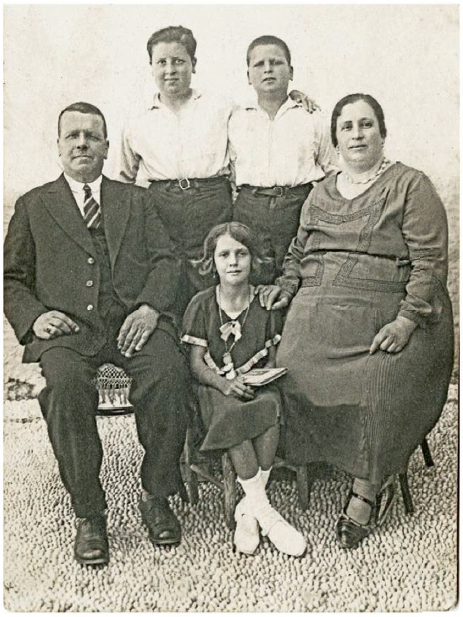
Moreno Maio, born in 1876, a confectioner by profession like his wife, Rosa Franco, who would die shortly afterwards in the Shoah.
Members of the Benveniste family to be killed during the bombardments included father Nissim (known as “Agapite”), born in 1871, mother Giamila Hasson, born in 1880, and children Giulia Lea, born in 1919, Giacomo, born in 1921, and Estrea Benveniste, born in 1912, together with her newborn daughter Lucia Amato. Estrea and Lucia would be buried in the Jewish Cemetery in Rhodes.
A few months later, Estrea’s husband and Lucia’s father, Giuseppe Bohor Amato, as well as Nissim’s sister, Linda Benveniste, would be deported.
15-year-old Matilde Hasson, born on 7 November 1928.
Her family, consisting of her parents Celebi Hasson and Maria Alcanà, brother Giuseppe and sister Johevet, were later arrested and deported.
Particular story that happened during the bombing of 9 February 1944
Isaac Turiel, 13 years old, son of Celebi and Rosa Capelluto, disappear after the bombing and despite the searches would never be found. He is remembered by his friend Sami Modiano who was with him that day in Rhodes.
«One day I was in what is now called Evraion Martyrion Square, the square of the Jewish martyrs, with [...] Isac Turiel. We went to primary school together [...] We heard the sirens and decided to split up. He was going to head for the castle shelters, me for the one near my home. I ran at breakneck speed, across the Socratous like I was possessed, and when I arrived in front of the navy barracks a soldier on guard shouted to me, “Get down, get down!». [...]
«I woke up in hospital [...] They told me that I shouldn’t have been where I was. The antennae of the Italian navy were military targets and to pass in front of them during an air raid was madness. [...] I had been really lucky. But nothing more was heard of Isac. The harbour had also been bombed and a few bombs had landed on the Jewish quarter. Like with so many other victims, they found no traces of him. Not even a shred of his clothes or a fingernail. The bombs had obliterated him».
His father Celebi, mother Rosa Capelluto and sisters Lea and Sara would be deported; only Lea Turiel would survive.
Finally, the air raid on 16 April 1944, still brings a death in the Community:
Finally, Nissim Sulam, born in 1929, was killed during the air raid on 16 April 1944 and buried in the Jewish Cemetery in Rhodes.
His parents Reuven Sulam and Bulissa Hasson and sisters Amelia and Rachele would be arrested and deported in July 1944. The two sisters would both survive the death camps. The two sisters would both survive the death camps.

